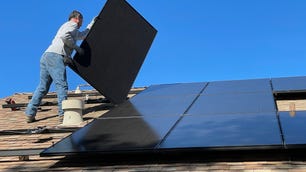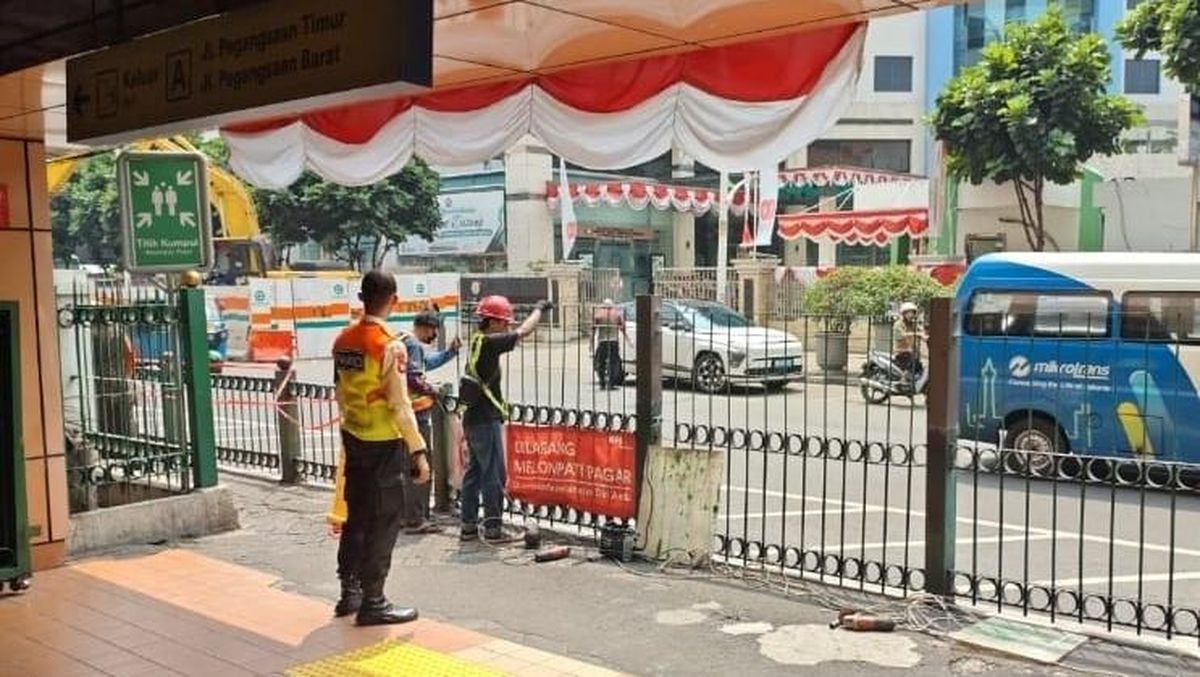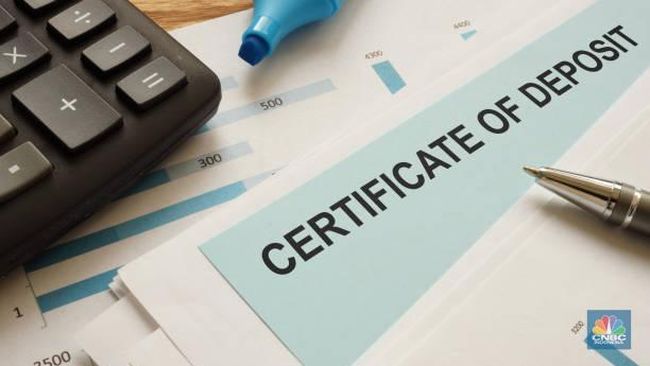Key takeaways:
- Parts of the US -- including the Midwest, New England and Texas-Louisiana -- face blackout risks during high-demand periods like summer heat waves.
- Electricity demand is a primary challenge across the US due to factors like new data centers, electrification and industrial activity.
- Regional grid risks vary: The Midwest faces plant retirements, the Southwest struggles with extreme heat, Texas has solar reliability concerns and New England has low energy reserves.
- Experts recommend preparing for a blackout by making a plan, stocking up on supplies, signing up for utility alerts and exploring backup power options.
Your summer plans might need a power backup. Power outages, blackouts or brownout can happen anywhere. But you're more at risk if you live in one of the areas facing an elevated risk of energy shortages this summer, according to the latest seasonal grid reliability assessment from the North American Electric Reliability Corporation.
Power outages aren't something most people think about until they happen. And when they do, they can be an extreme inconvenience or even unsafe -- especially when you're trying to cool your home during the hot summer months. For folks that work from home, the risk of getting knocked offline can also be a serious concern.
The latest NERC report highlights several North American regions at risk of grid reliability issues, largely due to insufficient energy supply during above-average demand periods, such as heat waves that drive up AC use.
The latest NERC report warns that several North American regions could face grid reliability issues due to limited energy supply during high-demand periods, such as heat waves that spike AC use.
NERCThis year's summer grid outlook has shifted since last year, with larger swaths of the Midwest and central US falling under an elevated risk of energy shortage and blackouts during extreme heat events. Meanwhile California, Arizona and New Mexico are no longer at higher risk like they were last year.
NERC's 2025 report says much of the Midwest and central US, New England and the region from Texas to Louisiana are at risk during higher-than-normal peak demand. Saskatchewan in Canada has a higher risk as well.
The latest NERC reports suggests new resource additions like solar and battery storage are helping to meet surging load growth.
NERCAccording to NERC's 2025 Summer Reliability Assessment, aggregated peak demand is forecast to increase across all 23 assessment areas by 10 GW. New data centers, electrification and industrial activity are contributing to higher demand forecasts, per the report.
NERCThe chances of blackouts in your area
This year's higher-risk regions are slightly different from last year's report. Some regions have fallen off the high-risk map, while others have been added because they are struggling with increased demand and not enough supply.
"While the grid faces several challenges this summer, areas such as Texas, California, and across the US West have seen an influx of battery energy storage systems in recent years, which is reducing energy shortfalls associated with supply variability and demand spikes," said Mark Olson, NERC's manager of Reliability Assessments, in a statement.

Considering Solar Panels?
Our email course will walk you through how to go solar
By signing up, you confirm you are 16+, will receive newsletters and promotional content and agree to our Terms of Use and acknowledge the data practices in our Privacy Policy. You may unsubscribe at any time.
Skyrocketing electricity demand, however, is the primary challenge across the US this summer. "Peak demand is forecast to increase across all 23 assessment areas by 10 GW -- more than double the increase from 2023 to 2024," according to NERC. This is thanks to new data centers, electrification, and industrial activity.
The grid is at risk for different reasons in different places, NERC reports. In the Midwest, the retirement of older power plants could create a shortfall during periods of peak demand. In parts of the Southwest, high heat drives demand while at the same time forcing some power generation offline. In Texas, solar resources could create vulnerabilities when demand is high but generation is low. And New England has fewer power reserves going into this summer, while demand is expected to rise with high temperatures.
Power outages have been more common in recent years, though they're down from their peak in 2020. In 2022, the most recent year with available data, the average American household had its electricity supply interrupted for five and a half hours, according to the Energy Information Administration. Over half of that time was due to "major events," typically extreme weather.
NERC's report focuses on the risk of demand outstripping the power supply. Air conditioning can represent major demand on the grid, and the need for AC is only increasing. 2024 was the hottest year on record, according to NASA, which recorded 15 consecutive months of record-high temperatures. 2025 is not expected to be quite as warm as 2024, but will probably land pretty close to the all-time heat records.
Climate change is the widely accepted reason for our warming planet -- fueled by the burning of fossil fuels for energy. But experts say there are ways we can prepare.
How to prepare for blackouts or power outages
If you live in a high-risk area or a region prone to severe weather or natural disasters like wildfires or hurricanes, preparing for a blackout is a smart move. Here's how.
Make a blackout plan: Before it happens, think through how you're going to weather a power outage. Consider keeping nonperishable food and water on hand, as well as charged flashlights, fresh batteries and a spare portable power bank for your cell phone and other devices.
Keep a first aid kit ready. Note your utility's emergency number and the location of local cooling or warming stations in case an outage comes during a heat wave or cold snap.
Sign up for alerts from your utility company: Automated messages can let you know when an outage occurs, and give you an estimated restoration timeline. "It gives you that peace of mind," says Sheri Givens, president and CEO of Smart Electric Power Alliance.
Consider investing in backup power: A home battery, portable power station or generator can give you some juice during an outage, allowing you to plug in appliances like a refrigerator, gadgets or keep critical medical devices running.
Think about solar power: Generating your own power via rooftop solar or portable solar panel can add another buffer against power outages. Solar is a big investment, but it might be worth it if you live in an area with frequent blackouts -- and it could reduce strain on the grid that leads to blackouts in the first place.
Check out bidirectional charging capabilities on your next car lease or purchase. Many electric vehicles are equipped with the ability to supply energy to a home during an outage.
Watch this: Portable Power Station Buying Guide: Bring the Electricity with you
11:10

 3 months ago
42
3 months ago
42














































